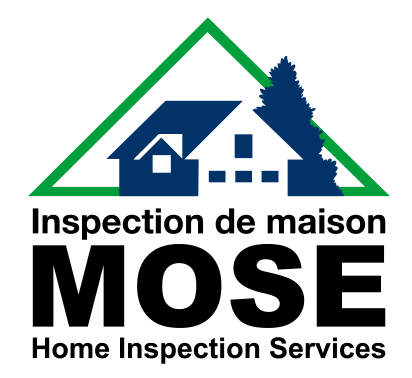A Look at a Home Inspector’s Tools of the Trade
Many homeowners are handy when it comes to home maintenance and so they are very curious about how we inspect homes and the tools we use when we perform a home inspection. So in this blog, let’s look at some of the tools of the trade – the tools inspectors show up with when they arrive at a home.
Ladder
Every good home inspector needs to bring a ladder to allow him access to high, out-of-reach spaces, such as attics. A ladder will allow us to check your eaves troughs and gutters, and when safe, the roof and chimney. How far up we go is a safety decision, as we will only go as far up as is safe. We usually use a folding ladder during the winter months and a telescoping one in warmer weather.
Screwdriver
This is a simple yet important tool. In addition to allowing us to unscrew things, we use it to probe wood, joists and soft mortar to see if any rot has set in.

Moisture meter
This is a great tool that we use in the basement or other areas where we find water stains. A moisture meter will help us determine if there has been any water infiltration.
Humidity and temperature meter
Many homes have high levels of humidity. This could be due to simple activities such as showering, drying clothes indoors, boiling kettles and cooking. Poor ventilation is also a contributor to high humidity. A humidity and temperature meter will allow an inspector to assess whether there is a moisture issue in the home.
Flashlight
Another simple yet indispensable tool for the home inspector is the flashlight, so much so that the well-prepared home inspector always carries a backup flashlight. We need flashlights to provide illumination when we have to enter dark, creepy places. We always hope that when we shine a light into a dark space, there are no beady eyes looking back at us.
Camera
Thank goodness that technology has provided us with small, digital cameras. Home inspectors use them to take photos of problem areas and include those photos in our final reports. Ideally, the cameras should be shatterproof and water proof because you never know when or where you might drop one.
Current/voltage tester
When we are doing home inspections, it is not unusual to find a lot of dangling wires. You can find them in the basement, under appliances and often there is no junction box. You want to test these wires to see if there are live and pose any danger.
Crowbar
A home inspector needs to inspect garage pit drains to see the condition of the drain and confirm water is flowing through. The lids can be heavy and/or difficult to lift. A crowbar is the best tool to lift these lids.
Protective clothing
A special suit for crawling through attics and crawlspaces is a must. Along with it, we use baseball caps, masks and gloves to make sure we are as protected as possible from asbestos, mould and other nasty things your can find in dark, warm places.
Extra shoes
A home inspector is a professional and sometimes, small details like a change of shoes make all the difference. We are always respectful of people’s homes so you don’t want to track dirt in a home. An extra pair of shoes allows you to protect your feet while you go where you need to go and not have to worry about what you may have stepped on outside.
Many new homebuyers ask many questions during the home inspection. Some of those questions are about the tools I use while going my job. If they are very hands-on about maintaining their home, they are also interested in the tools they see me using. Hopefully, some of the mystery regarding my tools of the trade is now gone. Remember, that our goal is to make sure you know everything you need to know about your home. If you have any questions following our home inspection, you can always call us and someone will be happy to help you out.

